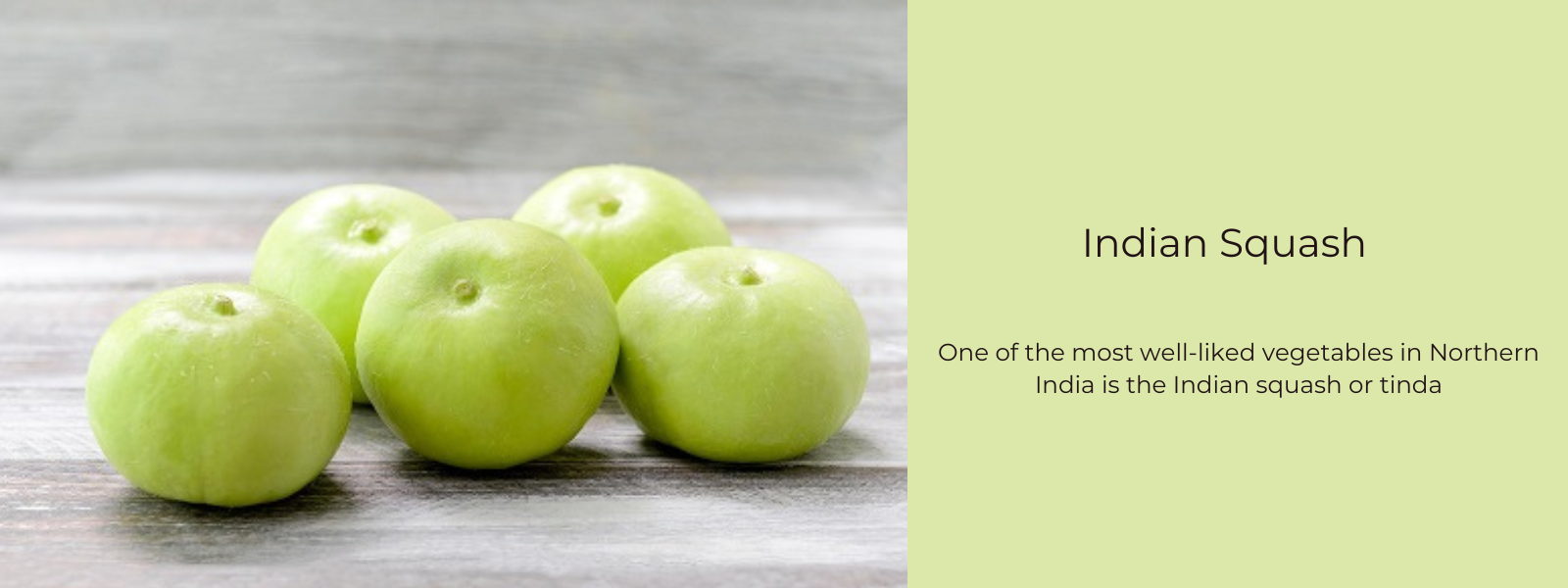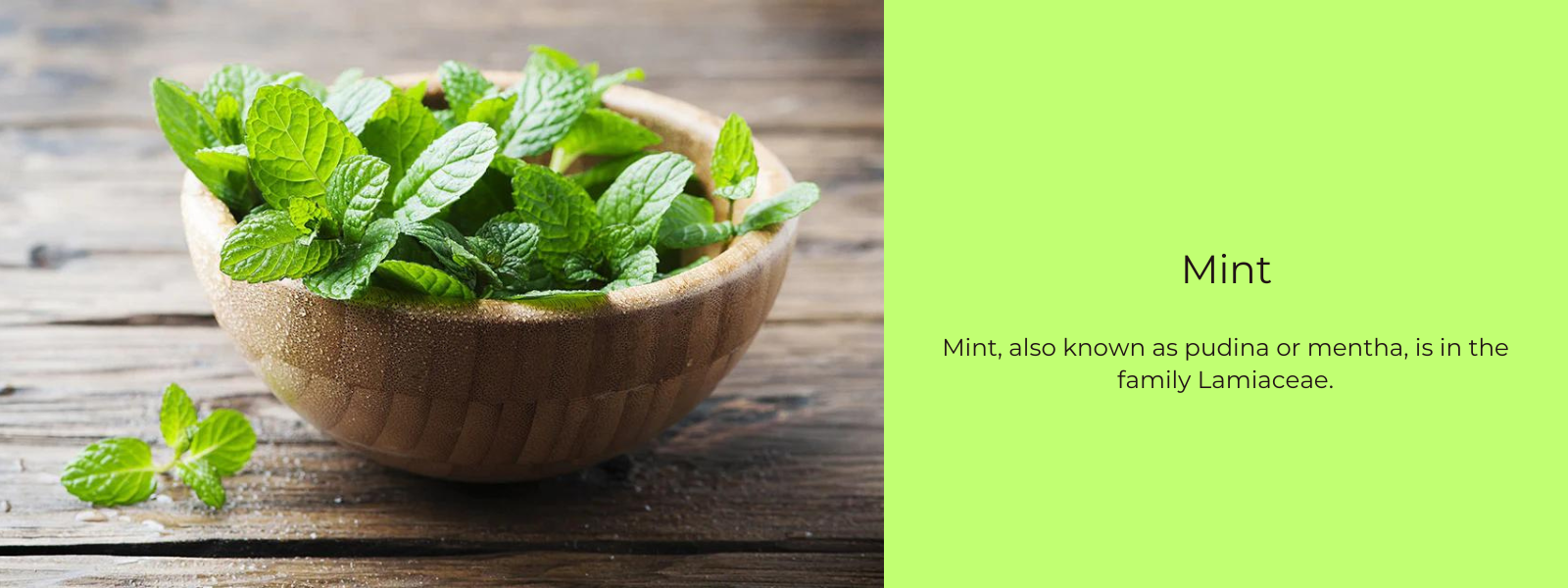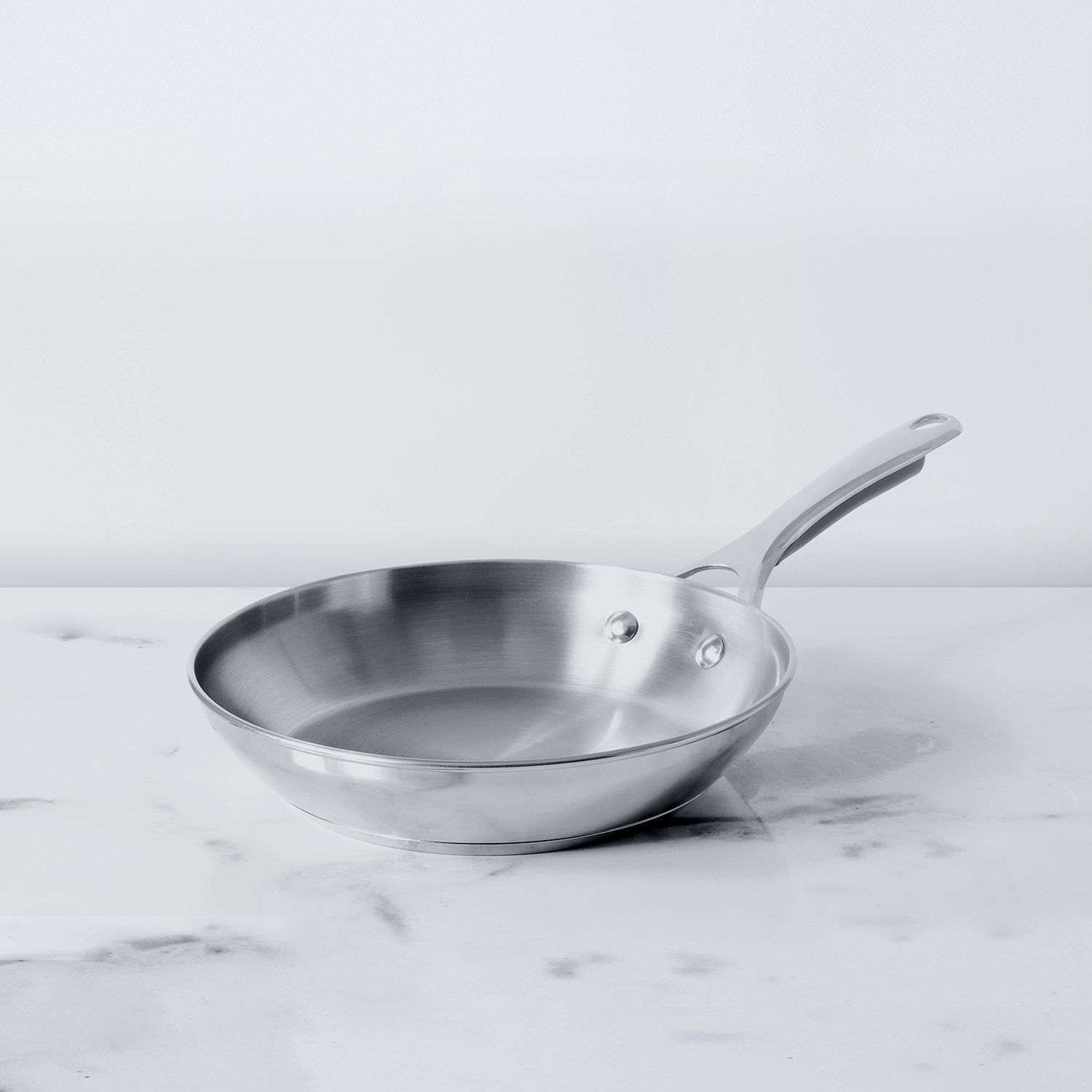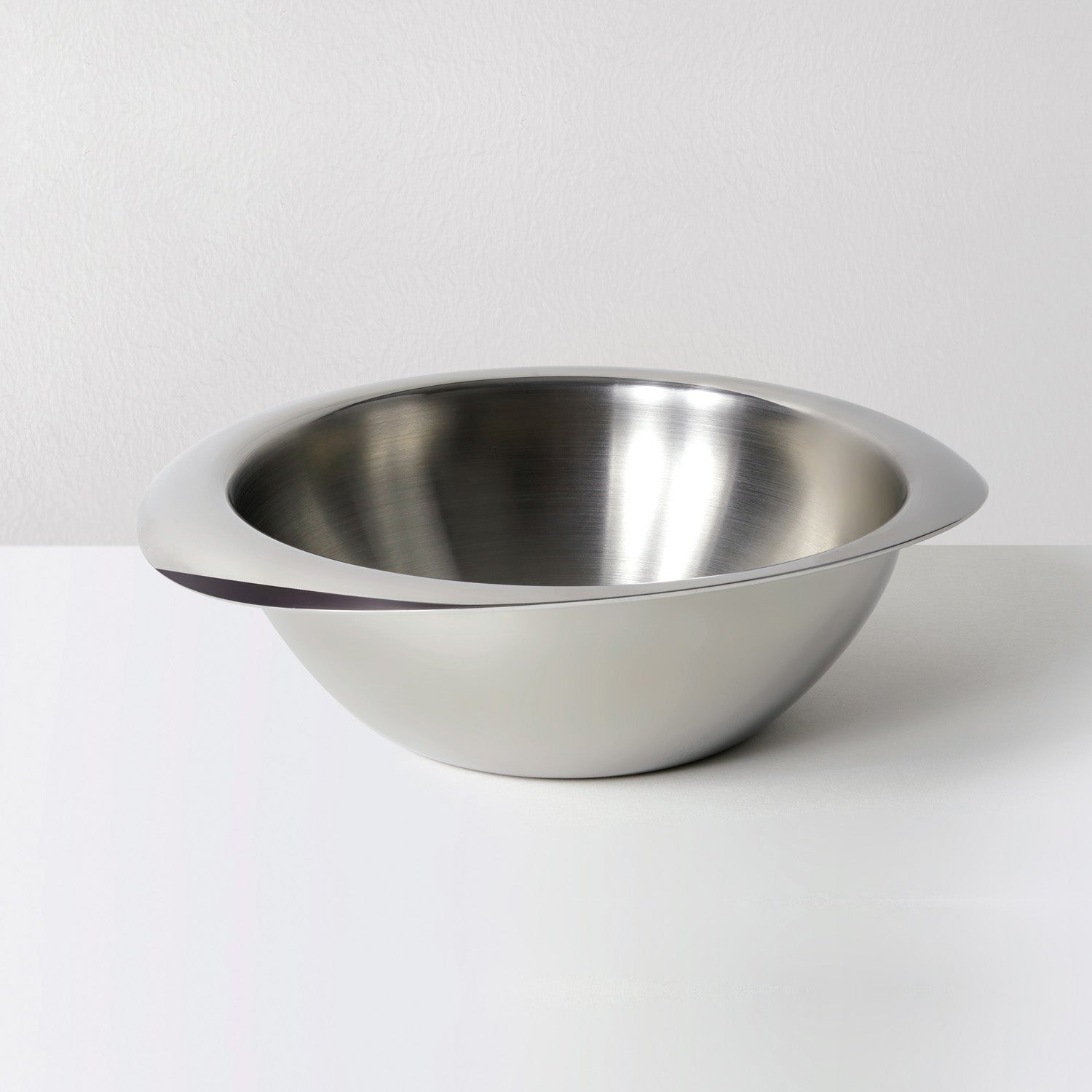Low in calories and high in beneficial minerals like vitamin C and potassium, tomatoes are a healthy addition to any diet. Tomatoes have a high concentration of antioxidants, including lycopene, which gives them their signature red colour and has been linked to numerous health advantages, including protection against cancer and cardiovascular disease.
Table of Contents
What are tomatoes?
Tomatoes meet the botanical definition of a fruit, which is the fleshy sections of a plant that enclose and protect the seeds. Nonetheless, tomatoes are classified as a vegetable due to their flavour, versatility, and nutritional value.
Lycopene, a powerful antioxidant, may be found in abundance in tomatoes. It's what makes them so vividly red, and it also shields them from the sun's harmful rays. Similarly, it can help prevent damage to your cells. Tomatoes include a variety of nutrients like potassium, vitamins B and E, and others.
How to select fresh tomatoes?
Tomatoes sold commercially are frequently harvested when still green and then allowed to mature in regulated conditions.
Nevertheless, tomatoes only truly blossom in flavour while still on the vine. Once picked, a tomato stops accumulating sugars, acids, and smells. In other words, the flavour of a green tomato remains stable, at roughly the level at which it is plucked, even after the skin ripens.
For the best flavour, use tomatoes picked directly from the plant in tomato-based dishes on the same day they were picked.
When shopping for fresh tomatoes for cooking, apply the "smell test" on the stems to determine the quality of the fruit.
When is a tomato ripe?
The hue of a ripe tomato is consistent with the type of tomato it is. The hue of an unripe tomato varies widely. Juice may seep out of crevices in an overripe tomato.
Tomatoes at their peak are shiny and soft to the touch.
The texture of a perfectly ripe tomato is somewhere between firm and soft. When pressed with a finger, it yields somewhat. Picking a bruised or too soft tomato is not recommended.
How to store tomatoes?
Ripe tomatoes should be stored stem side up at room temperature. Tomatoes should be used as soon as they reach peak ripeness to avoid spoiling and gnat infestation. Don't put tomatoes in the fridge since the cold air will ruin the flavour and make them mushy.
Tomatoes that haven't been warmed yet (not light). Arrange them stem-up on the counter in the kitchen, out of the way of any draughts. If there are no draughts, the sunny windowsill is a nice warm area. Tomatoes can be ripened in a brown paper bag with the help of a banana or apple if they are really unripe. Tomatoes will ripen more rapidly thanks to the ethylene gas released by the plants and the fruit.
Preparing tomatoes for cooking:
Slicing Tomatoes
Knives with serrated edges are the most effective. Use a sharp straight knife (or paring knife) for the job. The skin of tomatoes can be tough. Use a bread knife; it's a special trick.
How to remove a tomato skin
Tomatoes with rough skins may need to be peeled before used in certain dishes. (If you cultivate your own tomatoes, you'll know that they have softer skin than store-bought varieties.) Take a look at this simple method.
Choose a ripe tomato.
-
Make a shallow X cut into the bottom of the tomato with a knife.
-
Submerge the tomato in the boiling water. Blank out for about 20 seconds.
-
Take the tomato out of the boiling water with a slotted spoon.
-
Put the tomato in a bowl of ice water.
-
To remove the tomato's core, use a knife. Exfoliation will occur.
-
To plant a tomato seed
-
The tomato skin is optional in some dishes (minus seeds and much of the juice). It's simple to drain the juice and discard the seeds.
Nutritional profile of tomatoes:
- You can meet 28% of your vitamin C RDA with a medium-sized tomato (RDI). Vitamin C is a potent antioxidant and an essential nutrient.
- K1 vitamin: Vitamin K1, also known as phylloquinone, is important for maintaining healthy bones and preventing blood clots.
- Folate, or Vitamin B9: Vitamin B9, or folate, is essential for normal cell growth and development. Pregnant women, in particular, need to pay close attention to this.
- Potassium: Potassium helps regulate blood pressure and protects against cardiovascular illness. Tomatoes are a great source of this vitamin, among many others.
Health benefits of tomato:
Anti cancer:
Tomatoes' high levels of vitamin C and other anti-oxidants help fight cancer-causing free radicals in the body. The plant chemical polyphenol found in tomatoes has been shown to reduce the risk of prostate cancer. Tomatoes contain cancer-fighting properties thanks to their beta-carotenes.
Neutralises smoking's negative effects:
Lung cancer is a known risk of smoking. Tomatoes are a great source of Vitamin A, which can assist you avoid contracting this potentially fatal disease. Cigarettes mostly contain the carcinogen nitrosamines. Tomatoes provide protection against these carcinogens thanks to the presence of coumaric acid and chlorogenic acid.
Maintains cardiovascular health
Tomatoes are beneficial to cardiovascular health due to their high content of fibre, choline, Vitamin C, and potassium. The prevention of cardiovascular illnesses can be greatly aided by keeping the potassium-to-sodium ratio high. This vegetable's fibre content controls blood homocysteine levels. Increased danger of cardiovascular disease and stroke is associated with elevated homocysteine levels. Tomatoes can prevent cardiovascular disease by lowering blood triglyceride and LDL cholesterol levels when eaten regularly.
Beneficial to eye health
Vitamin A is a potent antioxidant that protects our eyes from damage caused by free radicals. In this way, vitamin A protects from macular degeneration as well as night blindness and enhances visual acuity in general.
Beneficial to the skin
Sun, pollution, and cigarette smoke can do more harm than good to skin that is lacking in Vitamin C. Wrinkles and drooping skin with spots are possibilities as you age. Collagen, a protein found in skin, hair, nails, and connective tissue, is what keeps these issues at bay since vitamin C makes its creation easier.
Promotes better gut health
Tomatoes are a great source of fibre, which helps the digestion process along by making faeces more substantial. Constipation and other problems can be avoided in this way. The fibre content encourages the production of gastric and digestive juices and can even induce peristaltic activity in the digestive tract's smooth muscles. This aids in maintaining regular bowel habits and warding off diseases like colorectal cancer.
Effective for diabetes
Tomatoes have a dual impact on diabetes. Consuming rich fibre foods like tomatoes has been shown to reduce blood sugar in people with Type-1 diabetes. The same vegetable, however, causes an increase in blood sugar, insulin, and lipids in those with Type 2 diabetes.
Beneficial effects on hypertension
Tomatoes' potassium content makes them a good choice for lowering blood pressure because it relaxes blood vessels and arteries. As a result, blood flow is improved, cardiac strain is reduced, and the danger of hypertension is eliminated.
Promotes urinary health and wards against infections
The diuretic qualities of tomatoes help the body produce more pee. This aids in the removal of the poisonous compounds together with the surplus water, salts, and uric acid. This lowers the risk of developing bladder cancer and other urinary tract diseases.
Assists in avoiding gallstones
Tomatoes, when eaten regularly, can reduce the risk of developing gallstones. This is because this vegetable contains numerous nutrients, including vitamins, minerals, and proteins.
Culinary use of tomatoes:
Drink it as a juice first thing in the morning, or incorporate it into your evening meal as a soup or salad. You may also dice it up or slice it thinly and eat it raw. Cherry tomatoes are another type of tomato that can be found; they are typically eaten raw or cooked with pasta and olive oil to enjoy the tomato's juicy, meaty texture.











Leave a comment